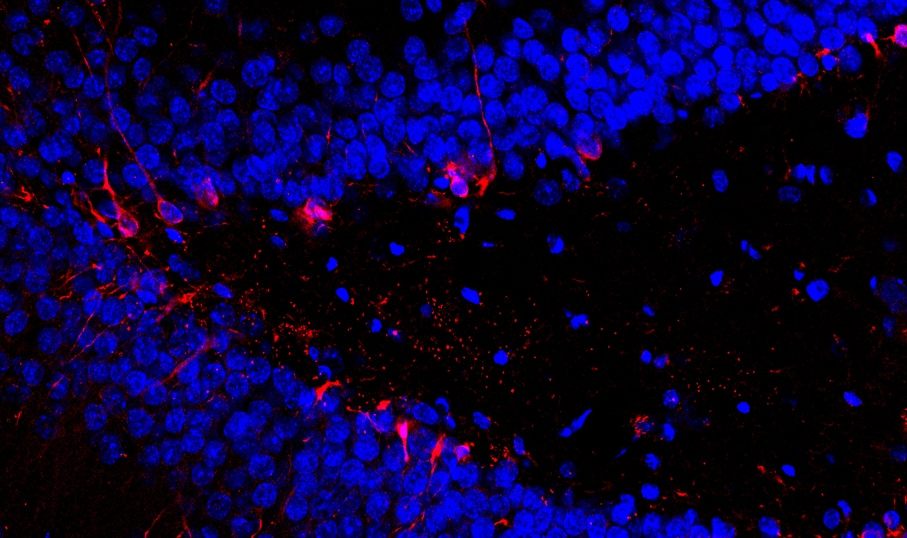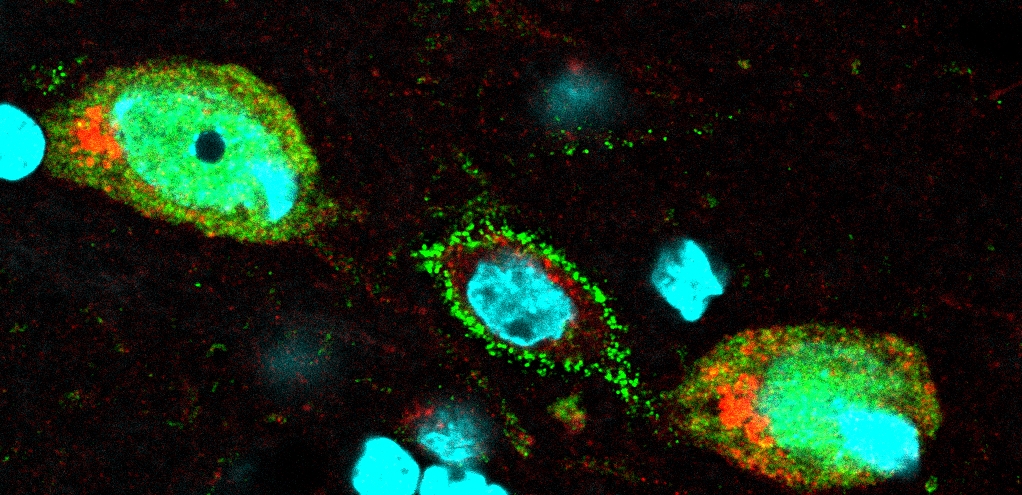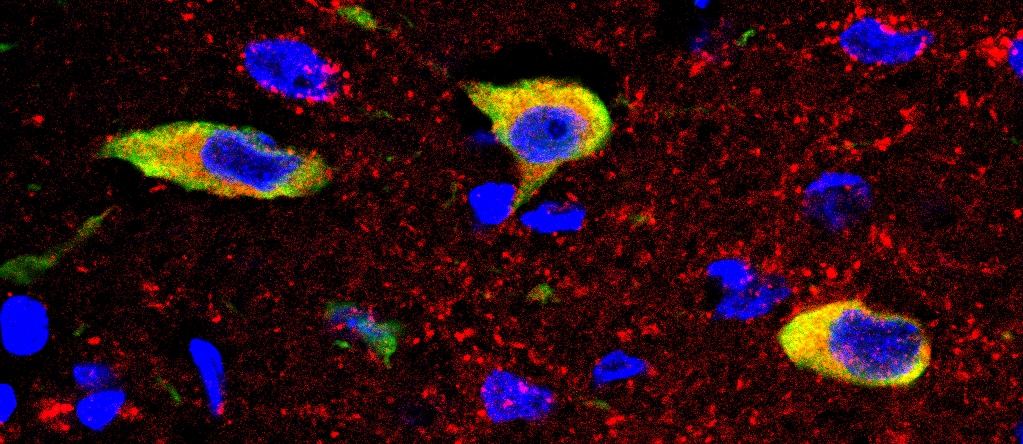Electroacupuncture and NGF in diabetic peripheral neuropathy
Diabetes is considered the leading cause of neuropathies in developed countries. Dysfunction of nerve growth factor (NGF) production and/or utilization may lead to the establishment of diabetic neuropathies. Diabetic polyneuropathy (DPN), characterized by early hyperalgesia and increased NGF, evolves in late irreversible neuropathic symptoms with reduced NGF support to sensory neurons.
Electroacupuncture (EA) has been proven effective in the treatment of human neuropathic pain as well as in modulating NGF production/activity. Our working hypotheses are that NGF plays an important pathogenic role in DPN development while EA could be useful in the therapy of DPN by modulating NGF expression/activity. Therefore, we aimed at using EA to correct the development of thermal hyperalgesia and the tissue alteration of NGF, NGF signaling and sensory neuromodulators in type-1 diabetes rat model.
We used the streptozotocin (STZ) model of type 1 diabetes and treated diabetic rats with low frequency EA for three weeks.
We found that early after STZ, thermal hyperalgesia developed that was corrected by EA. The parallel increase of NGF and TrkA in the spinal cord was counteracted by EA. STZ also induced variations of skin/spinal TrkA phosphorylation, increase of skin substance P and spinal transient receptor potential vanilloid-1 (TRPV-1) receptor and decrease of spinal glutamic acid decarboxylase-67 (GAD-67) that were counteracted by EA1. Diabetes also increased NGF and NGF receptors and deregulated intracellular NGF signaling in DRG neurons; EA in diabetic rats decreased both NGF and NGF receptors, normalized c-Jun N-terminal and p38 kinases activation, decreased TRPV-1 and possibly activated the nuclear factor kappa-light-chain-enhancer of activated B cells (Nf-κB)2.
Our data demonstrate that NGF signaling deregulation might play an important role in the development of DPN. EA represents a supportive tool expected to control DPN development by modulating NGF signaling in diabetes-targeted neurons.
- Manni L, Florenzano F, Aloe L. Electroacupuncture counteracts the development of thermal hyperalgesia and the alteration of nerve growth factor and sensory neuromodulators induced by streptozotocin in adult rats. Diabetologia. 2011;54(7):1900-8.
- Nori SL, Rocco ML, Florenzano F, Ciotti MT, Aloe L, Manni L. Increased nerve growth factor signaling in sensory neurons of early diabetic rats is corrected by electroacupuncture. Evid Based Complement Alternat Med. 2013;2013:652735.
- Soligo M, Nori SL, Protto V, Florenzano F, Manni L. Acupuncture and neurotrophin modulation. Int Rev Neurobiol. 2013;111:91-124.
- Soligo M, Protto V, Florenzano F, Bracci-Laudiero L, De Benedetti F, Chiaretti A, Manni L. The mature/pro nerve growth factor ratio is decreased in the brain of diabetic rats: Analysis by ELISA methods. Brain Res. 2015; 1624:455-68.




